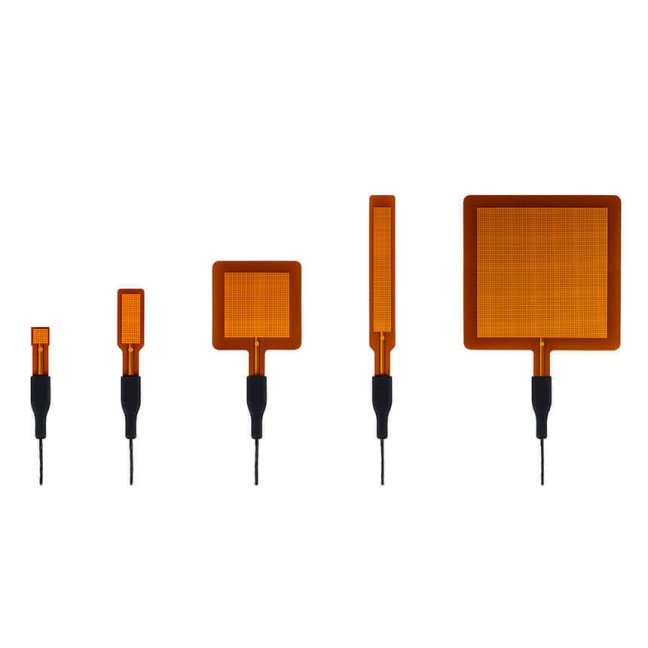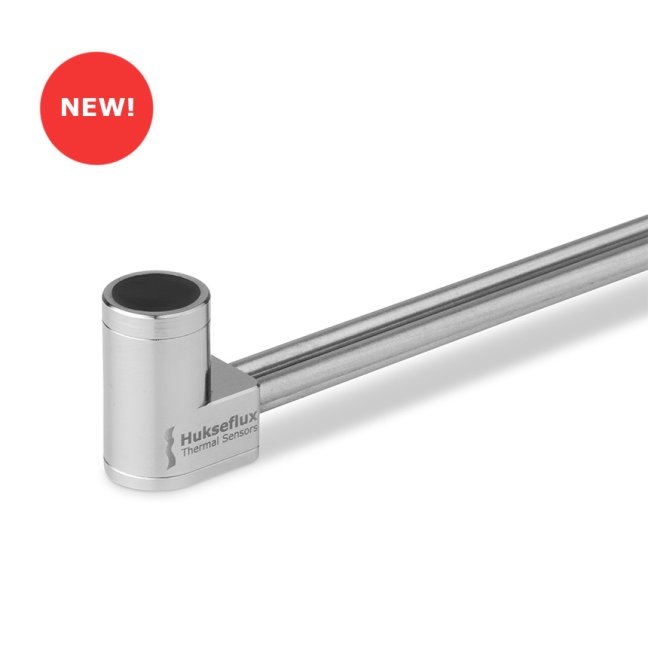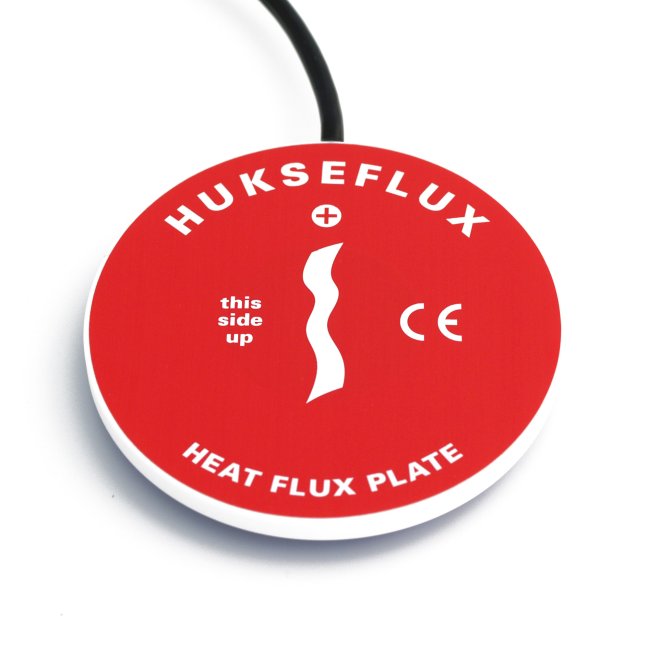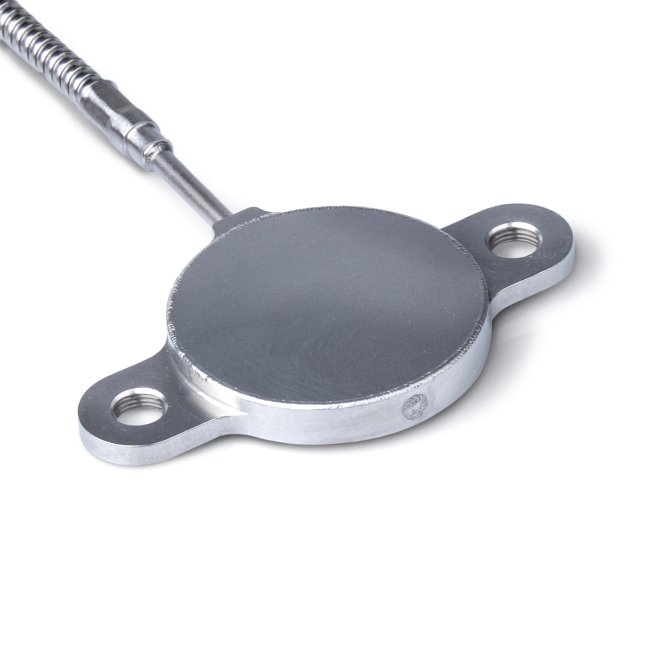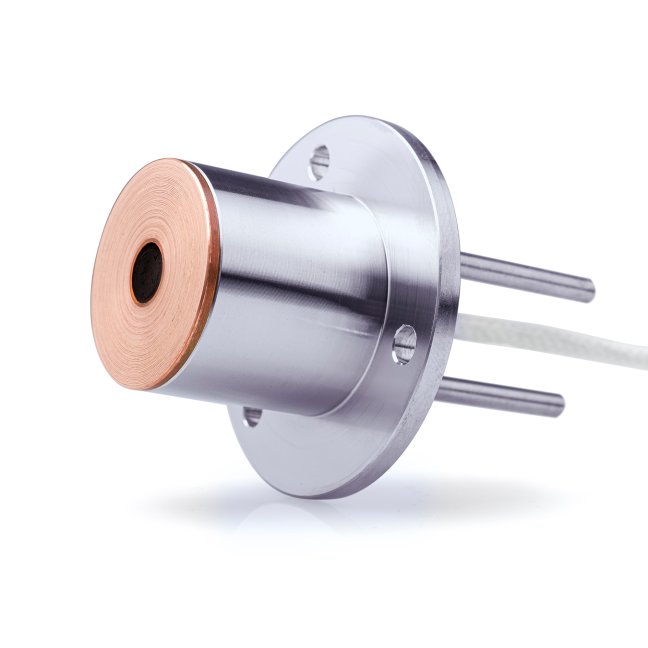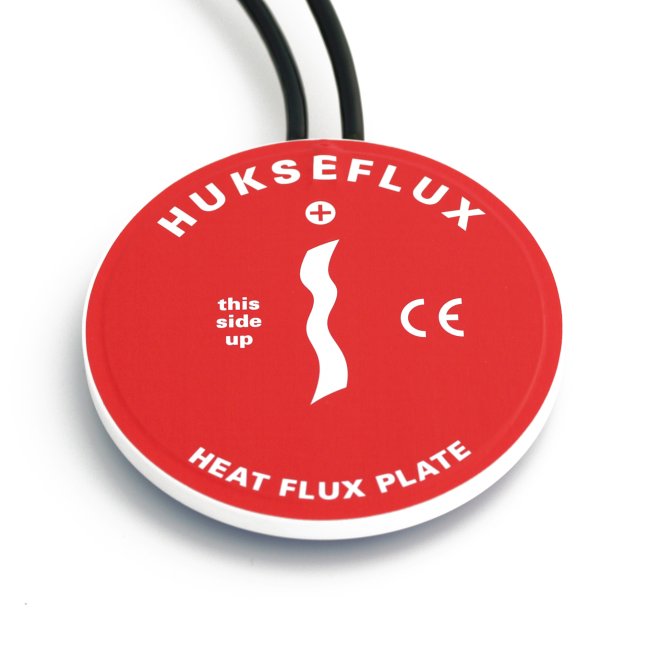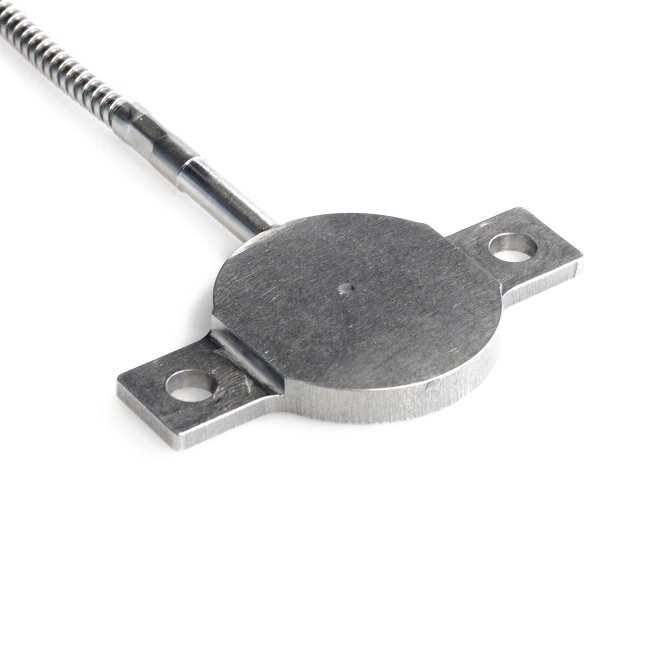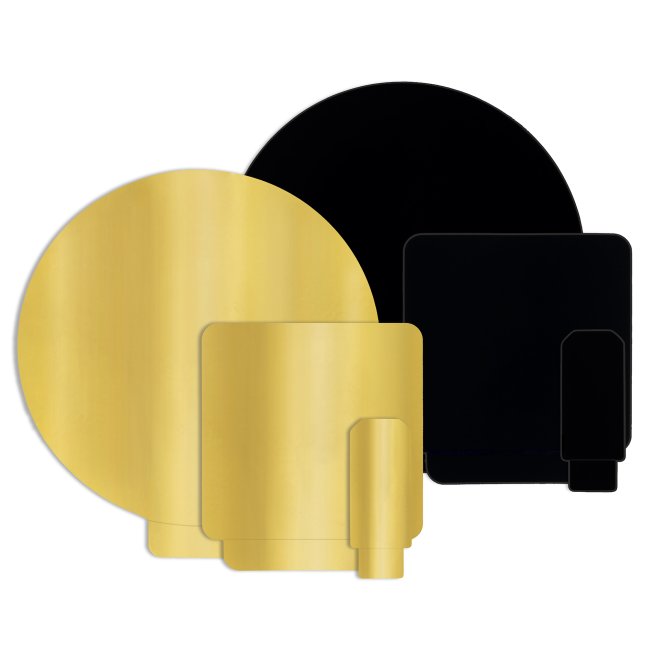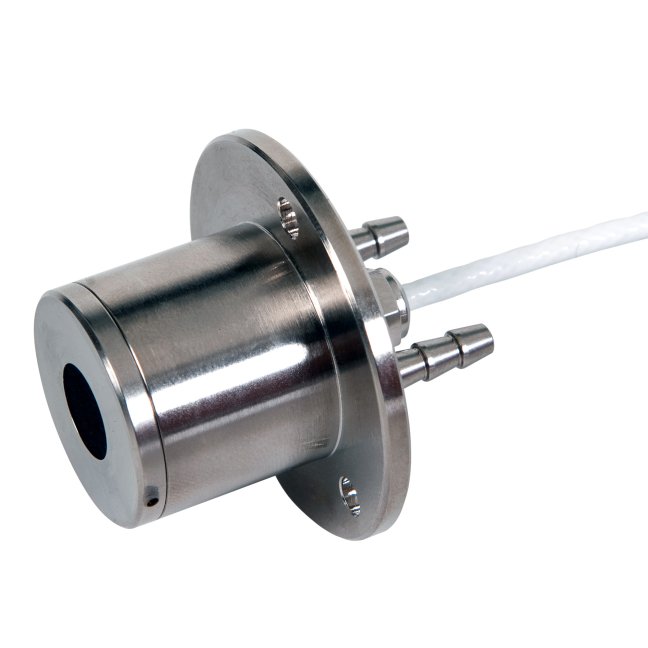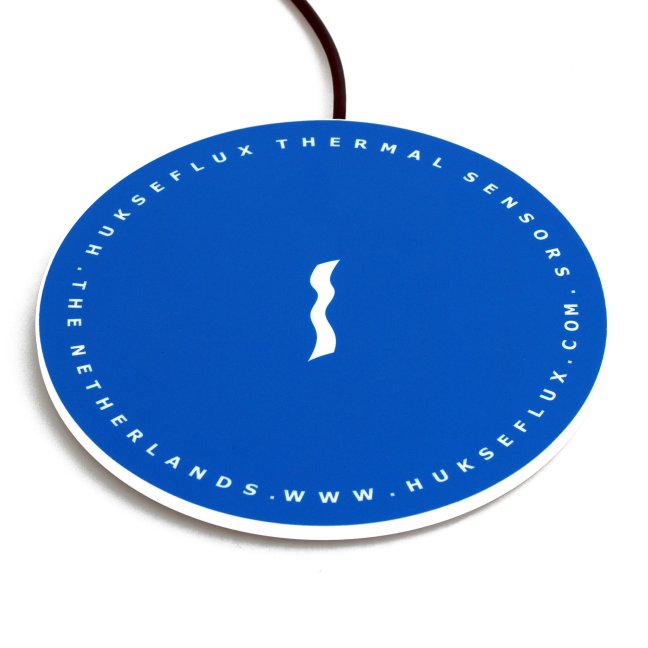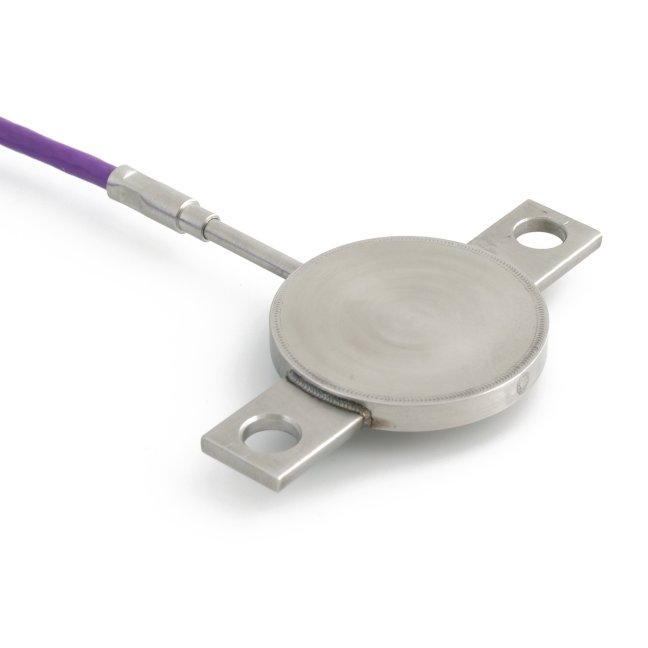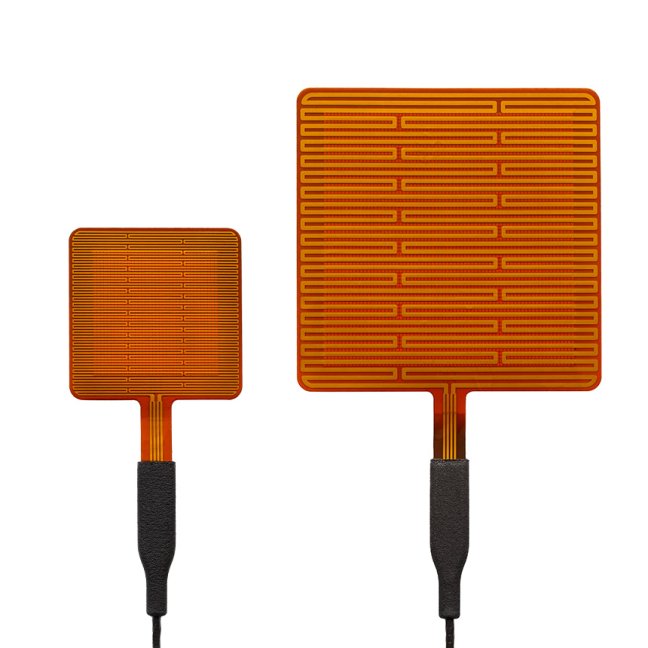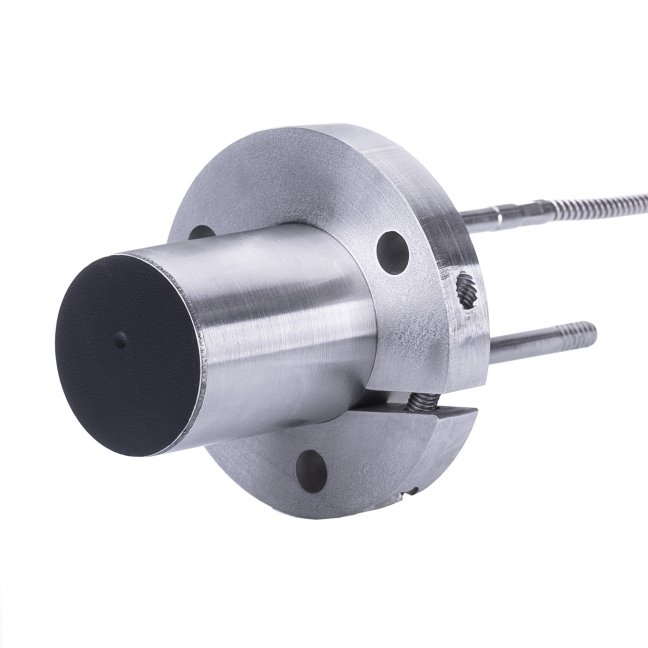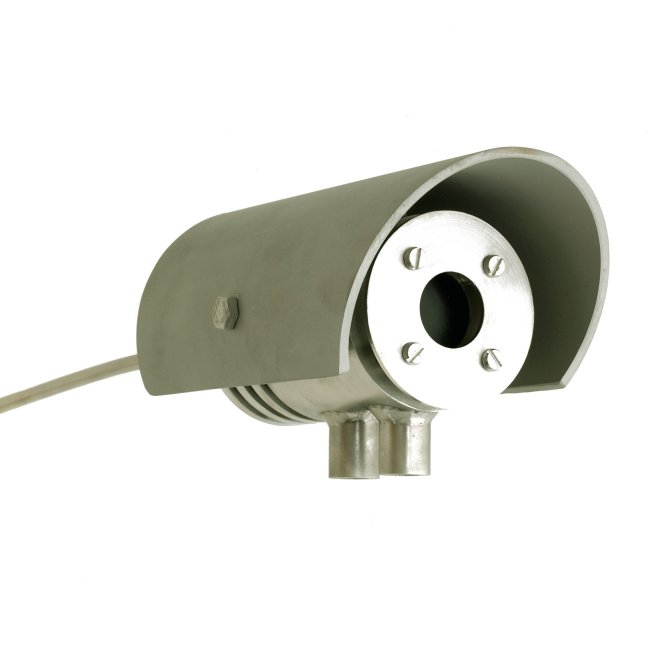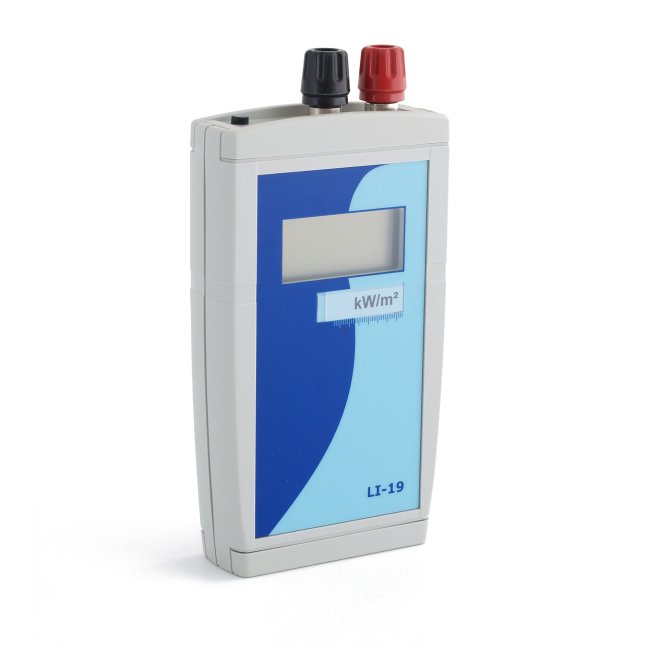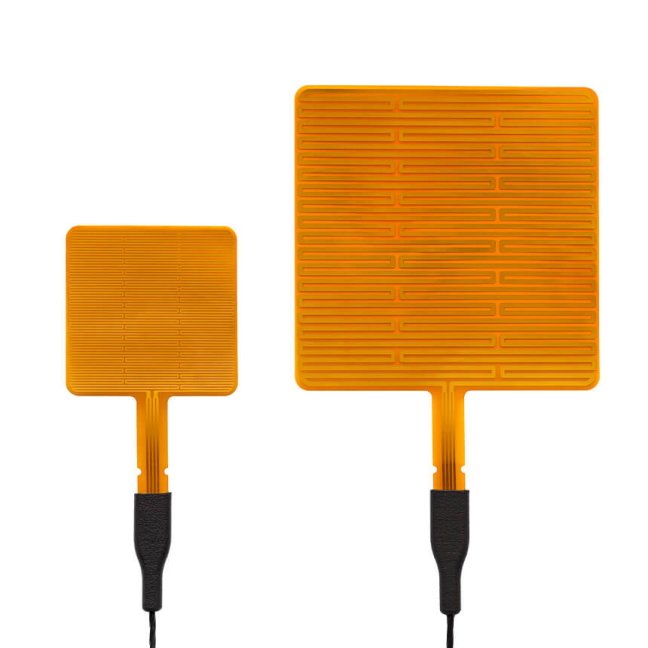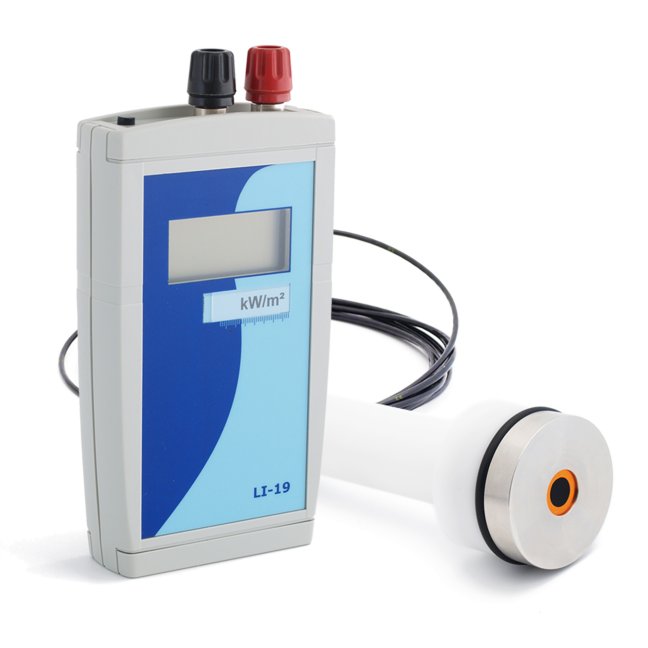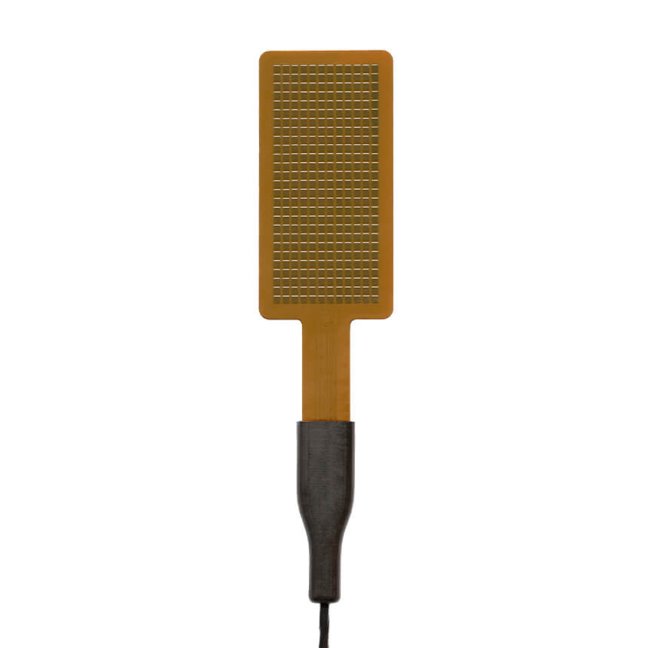Heat flux sensors
Hukseflux is the world market leader in heat flux measurement. We offer a wide range of sensors for measuring heat flux in many applications. The new FHF05 series is the product range to start looking if you consider measuring heat flux. A second fairly common model is the SBG water cooled heat flux sensor / heat flux meter, used for studies of fire and flames (equivalent to Schmidt Boelter or Gardon gauge). In addition we have special sensors for use under exotic conditions such as high temperatures, aggressive chemical conditions, on curved surfaces and many more variable applications. Do you need a meter / sensor for measurement of heat flow / heat flux / heat transfer? Hukseflux engineers will help you in choosing the right sensor for your needs.
Applications of heat flux sensors
Frequently Asked Questions
How to measure heat flux?
Heat flux sensors measure energy flux onto or through a surface in [W/m²].
The source of the heat flux may be:
- conduction
- radiation
- convection
Convective and conductive heat transfer are associated with a temperature difference. Heat always flows from a source to a sink, from a hot to a cold environment. Convective and conductive heat flux is measured by letting this heat flow through the sensor. Radiative flux is measured using heat flux sensors with black absorbers. The absorbers converts radiative to conductive energy. Hukseflux started in 1993 with sensors for measurement of heat flux in soils and on walls. In the course of the years, we have added specialised sensors and systems for many other applications.
Heat flux sensors manufactured by Hukseflux are optimised for the demands of different applications:
- rated temperature range
- rated heat flux range
- sensitivity
- response time
- chemical resistance, safety requirements
- size, shape and spectral properties
Hukseflux is the world market leader in heat flux measurement. We have prepared a white paper briefly explaining the fundamentals of measuring with heat flux sensors. It also offers general directions what to watch out for and some, perhaps surprising, applications of heat flux sensors. Take a look at our white papers.
What matters most when measuring with a heat flux sensor?
There are quite a few general considerations when starting a heat flux measurement.
- Representativeness in time and space; average!
A heat flux sensor measures at a certain location. Is this location representative of what you need to measure? If possible, use a relatively large sensor, rather than a small one, and consider use of multiple sensors. Thermal processes often have large time constants; instantaneous measurements may be misleading. Average to get the full picture.
-
Optical properties
When heat flux sensors also measure radiation, pay attention to the surface colour. If needed paint the sensor surface. Please mind that shiny metallic surfaces reflect both infra-red and visible radiation. Paints may have different colours in the visible range, but are usually “black” absorbers in the far-infra-red. -
Sensor thermal resistance
A heat flux sensor distorts the local heat flux. In order to minimise this effect, use the sensor with the lowest possible thermal resistance. - Edge effects
A heat flux sensor locally distorts the heat flow pattern, in particular around the edges of the sensor. A passive guard, i.e. a non-sensitive part around the sensor is essential to avoid errors due to edge effects.
There are more characteristics that matter. Please find them in our white paper on heat flux fundamentals and applications, You may also take a look at our note on How to install a heat flux sensor for tips & tricks.
Which sensor(s) to use for surface energy flux measurement?
Hukseflux manufactures a range of sensors for surface energy flux measurements. All have proven reliability.
These state-of-the-art sensors are made for the global fluxnet community:
- NR01 is a market leading 4-component net radiometer.
- HFP01 and HFP01SC measure soil heat flux.
- STP01 offers an accurate temperature profile measurement.
- TP01 is the leading sensor for soil thermal conductivity.
Sensors made by Hukseflux are designed for compatibility with most common datalogger models. For many models we have example programs and wiring diagrams available.
How to measure R-value and U-value of buildings?
On-site measurements of thermal resistance, R, are often applied in studies of buildings. Alternatives are to measure its inverse value, the thermal conductance which is called the Λ-value, or the thermal transmittance which includes ambient air boundary layer thermal resistance, the U-value. The measurements of R are based on simultaneous time averaged measurement of heat flux Φ and differential temperature, ΔT, (using two temperature sensors on each on a different side of the wall).
R = ΔT / Φ
Hukseflux provides a range of sensors and measuring systems for use in measurement of the energy budget of buildings and characterisation of construction materials.
HFP01 heat flux sensor and TRSYS01 measuring system are widely used for on-site measurements on walls, windows and other construction elements in building physics.
- HFP01 can be used for in-situ measurement of building envelope thermal resistance (R-value) and thermal transmittance (H-value) according to ISO 9869, ASTM C1046 and ASTM 1155 standards. HFP01 is the world’s most popular sensor for heat flux measurement in the soil as well as through walls and building envelopes. HFP01 measures heat flux through the object in which it is incorporated or on which it is mounted, in W/m². More information? Visit the HFP01 product page.
- TRSYS01 is a high-accuracy system for on-site measurement of thermal resistance, R, thermal conductance, the Λ-value, and thermal transmittance, the U-value, of building envelopes. TRSYS01 is mostly used for measurements according to standard practices of ISO 9869 and ASTM C1155 / C1046. The system is equipped with high-accuracy electronics, two heat flux sensors of model HFP01 as well as two pairs of matched thermocouples. The two measurement locations provide redundancy, leading to a high level of confidence in the measurement result. The high accuracy of the heat flux sensors and temperature difference measurements ensures that TRSYS01 continues measuring when other systems no longer perform; in particular at very low temperature differences across the wall.
Where can I find complete heat flux measuring systems?
Hukseflux, market leader in heat flux measurement, offers both sensors and systems.
These measuring systems typically include a Measurement and Control Unit and one or more sensors for measuring heat flux as well as other measurands, such as temperature and humidity. Examples are the TCOMSYS01 Hot Cube thermal comfort measuring system, including a TCOM01 sensor, and the TRSYS01 measuring system, incorporating two HFP01 heat flux sensors and two pairs of matched thermocouples.
'Sensors only' can be found here. Complete measuring systems are displayed here, on a seperate page.
Cannot find what you are looking for? Please contact us.
Heat flux measurement
Looking for a short introduction to heat flux measurement? Our video explains what heat flux is and how to measure it in different environments and applications. The movie also provides guidance: what instrument to use for your measurement and how to choose the right sensor.
Measuring heat flux is a powerful tool to gain insights in processes. Hukseflux is the world's market leader in instruments for heat flux measurement. We briefly explain some fundamentals of measuring with heat flux sensors:
Heat flux sensors measure energy flux onto or through a surface in [W/m²]. The heat may be transported by conduction, radiation or convection. All heat transfer is driven by temperature differences, flowing from a hot source to a cold sink. Convective and conductive heat flux is measured by letting this heat flow through the sensor. Radiative flux is measured using heat flux sensors with black absorbers; the absorber converts radiative to conductive energy. Hukseflux started in 1993 designing sensors for measurement of heat flux in soils and through walls. In the course of the years, we have added specialised sensors and systems for many other applications.
Heat flux sensors manufactured by Hukseflux are optimised for the demands of different applications. The most important variables are:
- rated temperature range
- rated heat flux range
- sensitivity
- response time
- chemical resistance, safety requirements
- size, shape and spectral properties
Hukseflux heat flux sensors typically employ thermopiles. Thermopiles generate a signal, as a result of the temperature difference between the hot and cold side of the thermopile. The signal is proportional to the heat flux. Thermopiles are passive sensors; they do not require power. The output usually is a small millivolt signal.
Heat flux sensors are applied for good reasons in insulation testing, characterisation of the thermal environment, in fire / flammability / high heat flux, in process monitoring & control and in specialised measurement applications. Continue reading in our white paper on heat flux measurement: fundamentals, directions (what to look out for) and a wealth of applications.
Cannot find what you are looking for? Or would you like assistance in selecting a sensor or setting up an experiment? Please contact us.









